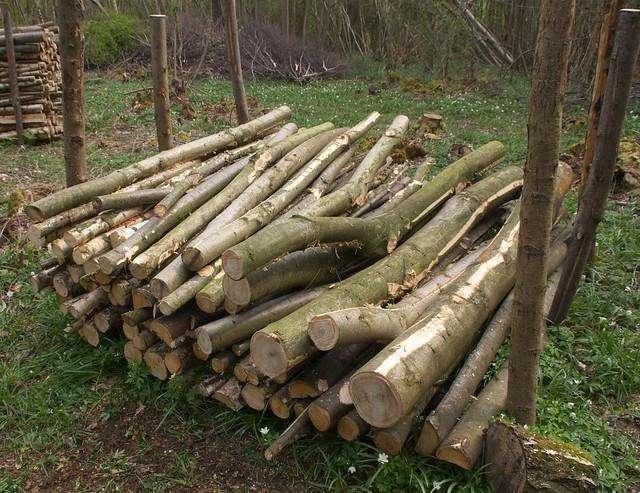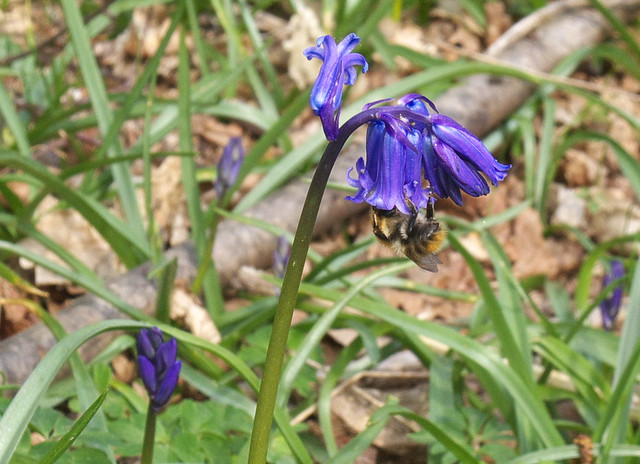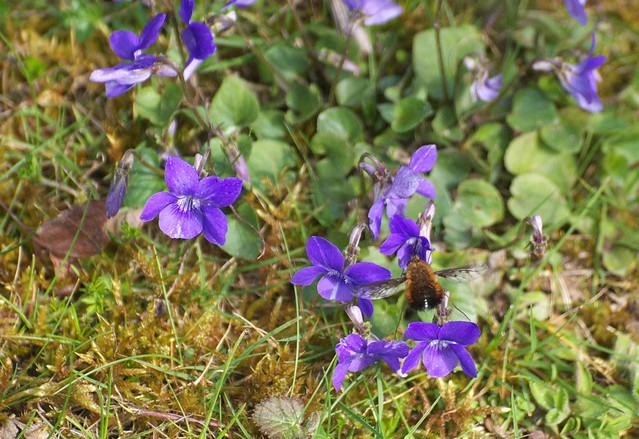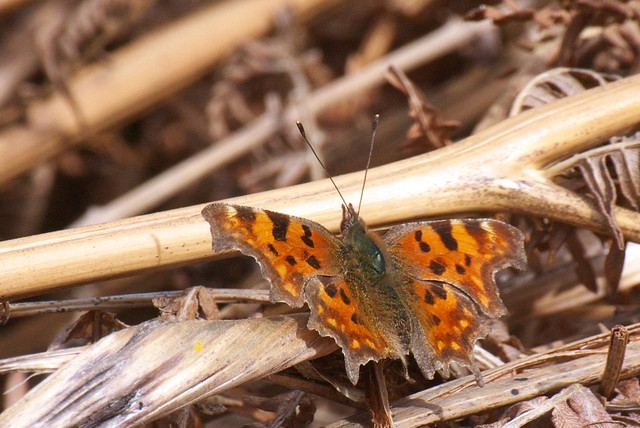A few days ago someone asked me how I split logs while they're 2m (6'6") long. So I made a little video...
Convenient that I had some logs that needed splitting after clearing a bit of windblow last weekend - this is now all done:
Also, now that we can cut logs up at home, I've covered last season's felled wood where it is, as most of it can sit there for another year now:
Mike
Click here to read the rest of this post.











































